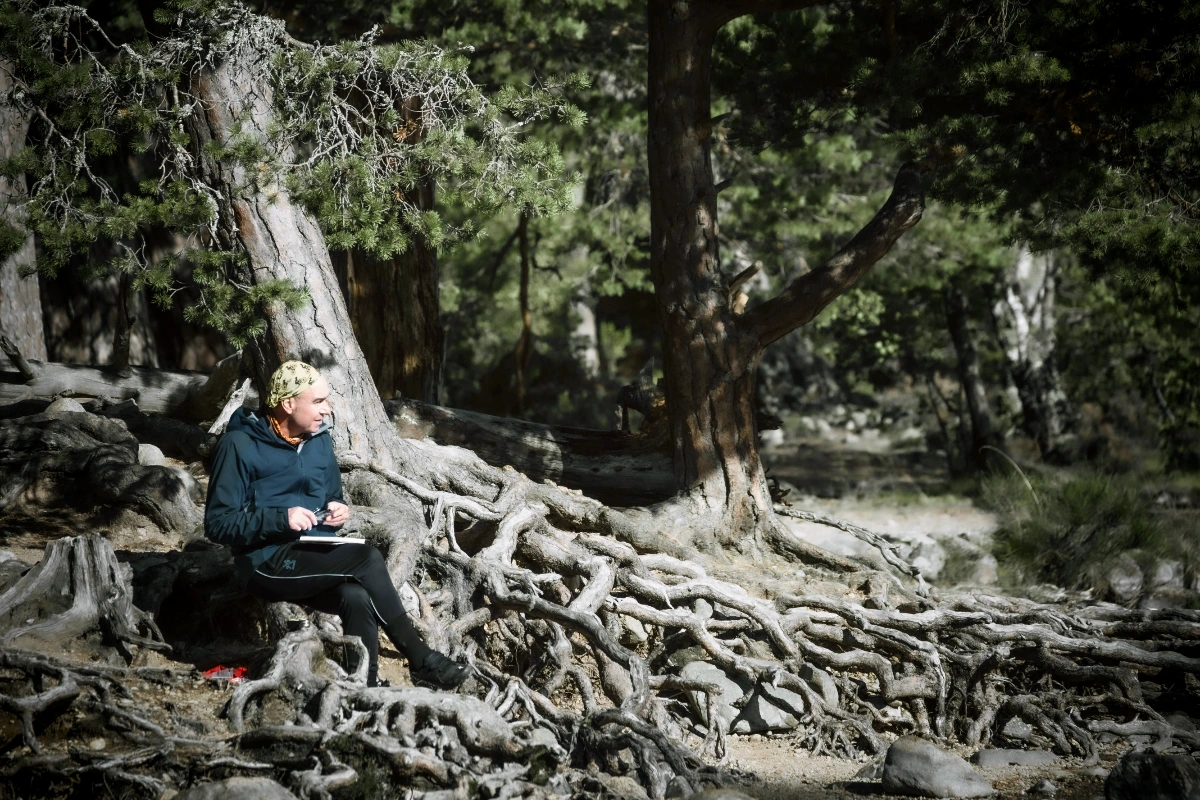Take a Hike: Why the Outdoors Makes You a Better Designer
You can stare at Figma all day and still get nowhere. Sometimes the best fix for a design block isn’t another round of wireframes. It’s lacing up your boots and heading outside.
This isn’t about finding yourself or becoming a woodland monk. It’s about shaking loose the patterns that trap your thinking. About resetting your brain the way a full system reboot clears out a glitchy OS.
Fresh air doesn’t just help your lungs. It fuels your creative process.

Nature Doesn’t Care About Deadlines (And That’s the Point)
Deadlines are great for shipping. They’re terrible for ideation. When you’re racing a clock, you’re often recycling what already worked. Safe layouts. Familiar colors. The same tired grid.
Nature moves at its own pace. It meanders. It waits. That slower rhythm has a strange way of unlocking new ideas. Your brain, finally given time to breathe, starts connecting things it wouldn’t at your desk.
Out on a trail, the noise disappears. No Slack pings. No hover states. Just wind, dirt, and your thoughts sorting themselves out.
Sensory Input: The Original Mood Board
Design leans hard on visuals, but great design draws from more than what you see. Texture. Rhythm. Contrast. Balance. These aren’t just design-school terms. They’re everywhere outside.
- The way light filters through pine needles at sunset? That’s a masterclass in gradient.
- A pile of fallen leaves that somehow looks right? That’s composition without a grid.
- The crunch of gravel, the quiet of snow, the snap of branches. Every sense dials in.
You don’t copy what you see, you absorb how it works. Nature builds good design into its bones. You just need to pay attention.
Disconnect to Reconnect
You don’t have to go off-grid for a month to feel the shift. Even a simple weekend camping trip works. The key is to actually unplug. Don’t tether your phone. Don’t sneak in work at night by headlamp. Give your brain a break from screens and see what bubbles up.
After 48 hours unplugged, your design instincts change. You question affordances you used to accept without a second thought. You simplify. You notice friction. You start thinking in human terms again instead of templates.
Outdoor experiences make you more flexible. When you’re solving real problems with what’s in your backpack, you return to the studio with sharper tools. Outdoor adventure sharpens decision making and reminds you that constraints can lead to better outcomes.

Getting Lost Helps You Find the Good Stuff
Creative ruts don’t always look like ruts until you’re clear of them. You think you’re doing fine. Then you spend a day without Wi-Fi and realize how much of your thinking has been reactive.
Hiking rarely feels like work. It feels like escape. That’s what makes it useful. While your legs handle the miles, your mind starts solving problems in the background. Your brain gets weirdly efficient when it isn’t trying too hard.
Some of your best ideas won’t show up in brainstorms. They’ll hit you in the middle of nowhere, when you’re not thinking about design at all.
How to Actually Use the Outdoors to Fuel Your Process
This isn’t magic. You still have to do the work. But if you want the outdoors to fuel your creativity, it helps to go in with a plan.
- Set a problem in your mind before you go. Think it through, then stop thinking and start walking.
- Bring a notebook instead of your phone. Pen and paper nudge your thinking in a different direction.
- Leave the headphones off now and then. Let your mind wander.
- When you get back, sketch something immediately. Don’t wait for it to fade.
Most of what surfaces might be junk. Doesn’t matter. If one thing clicks, the hike paid for itself.